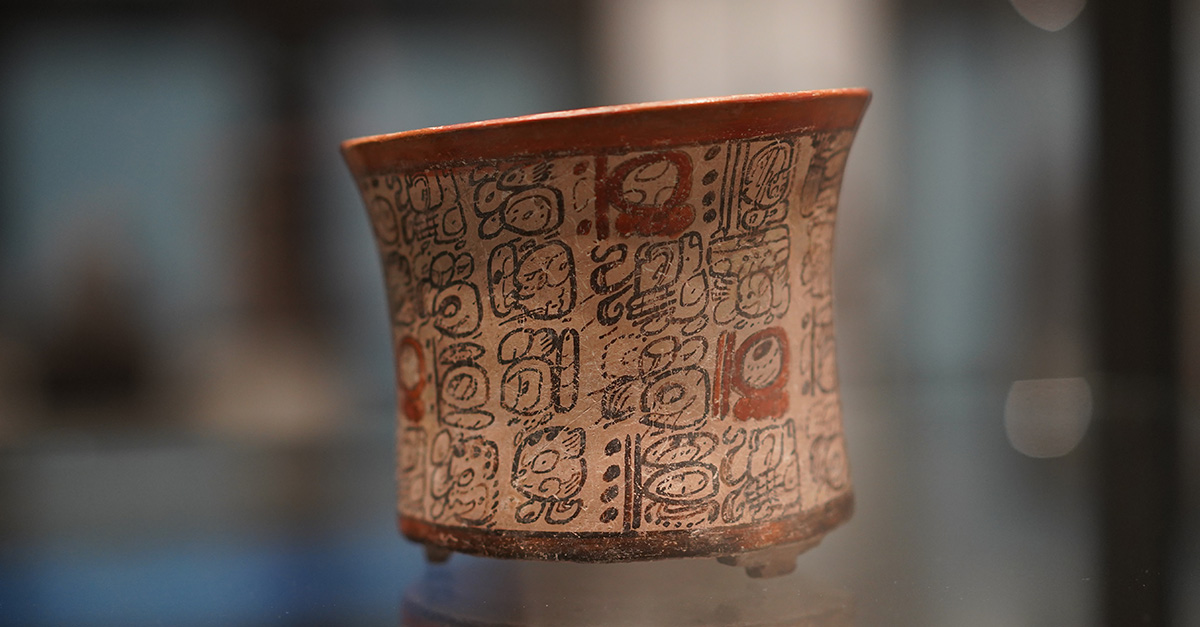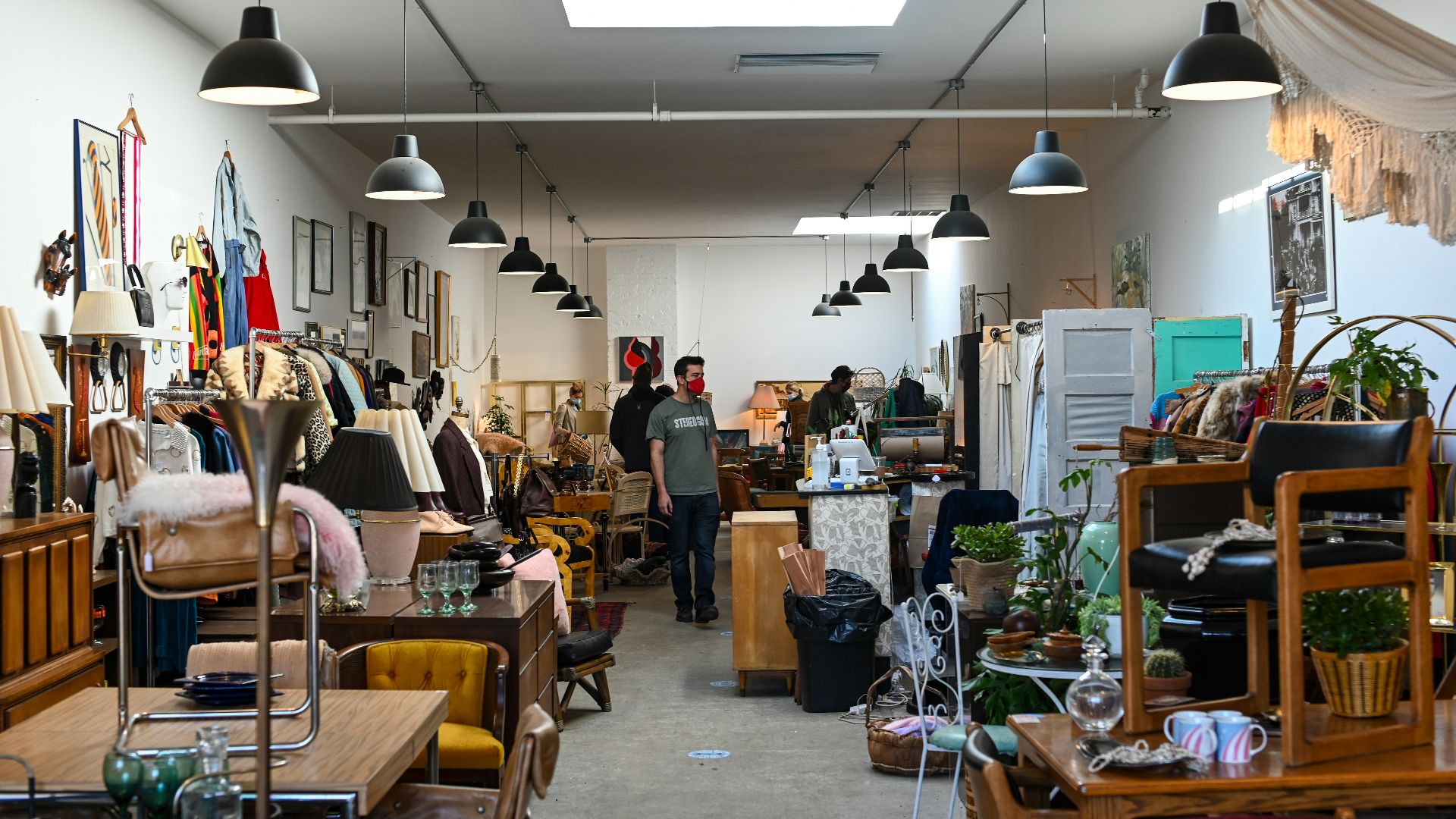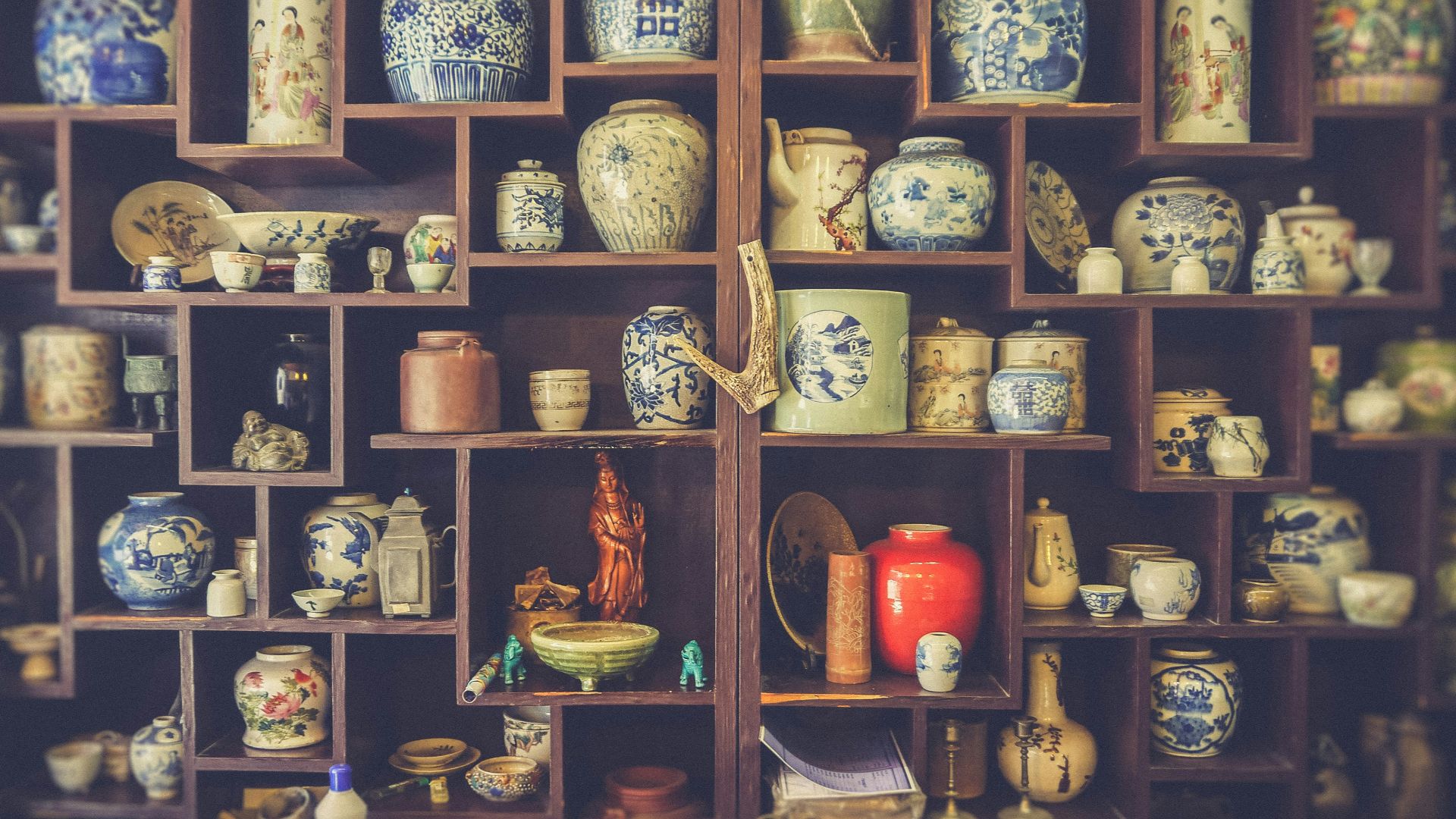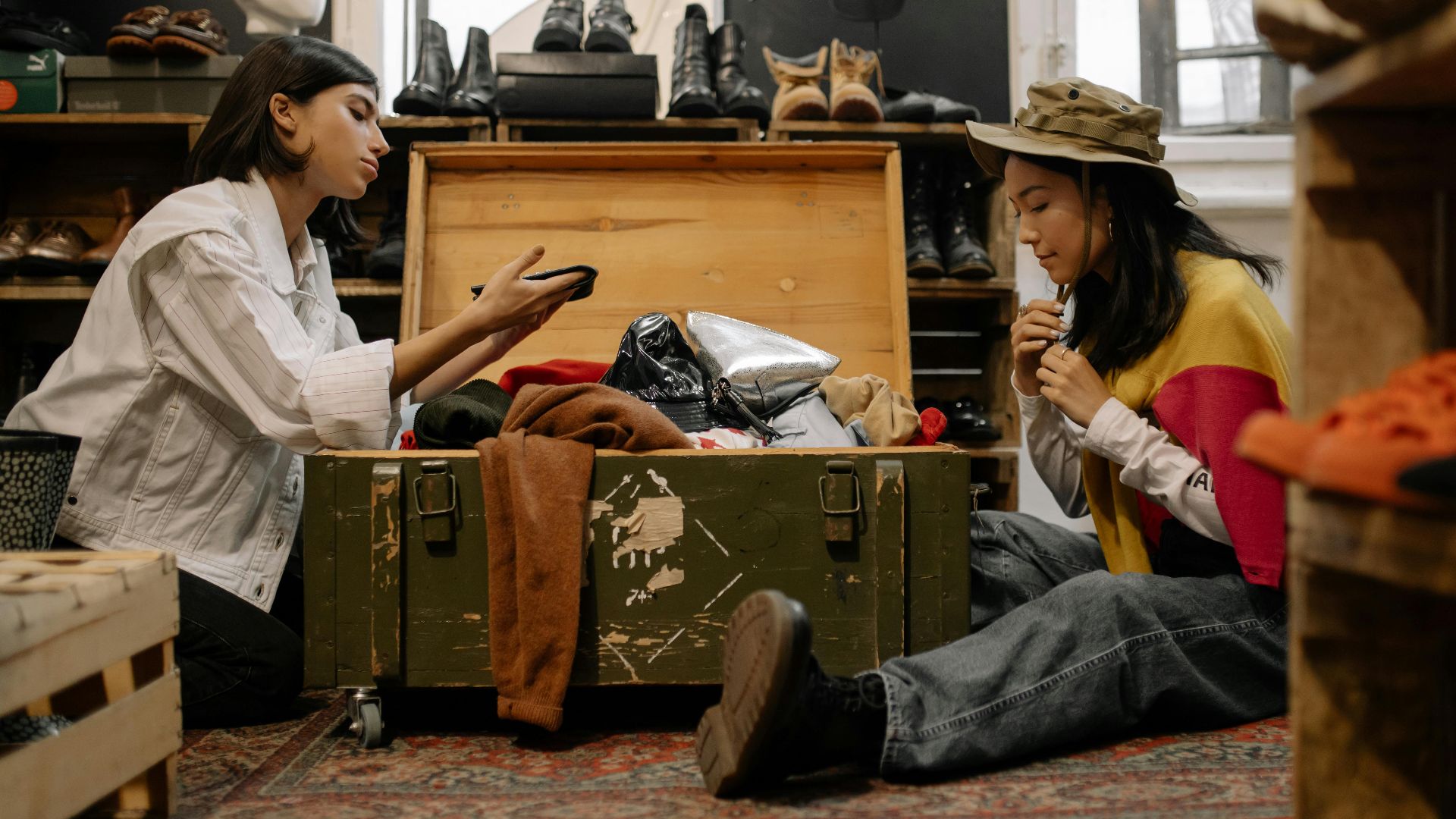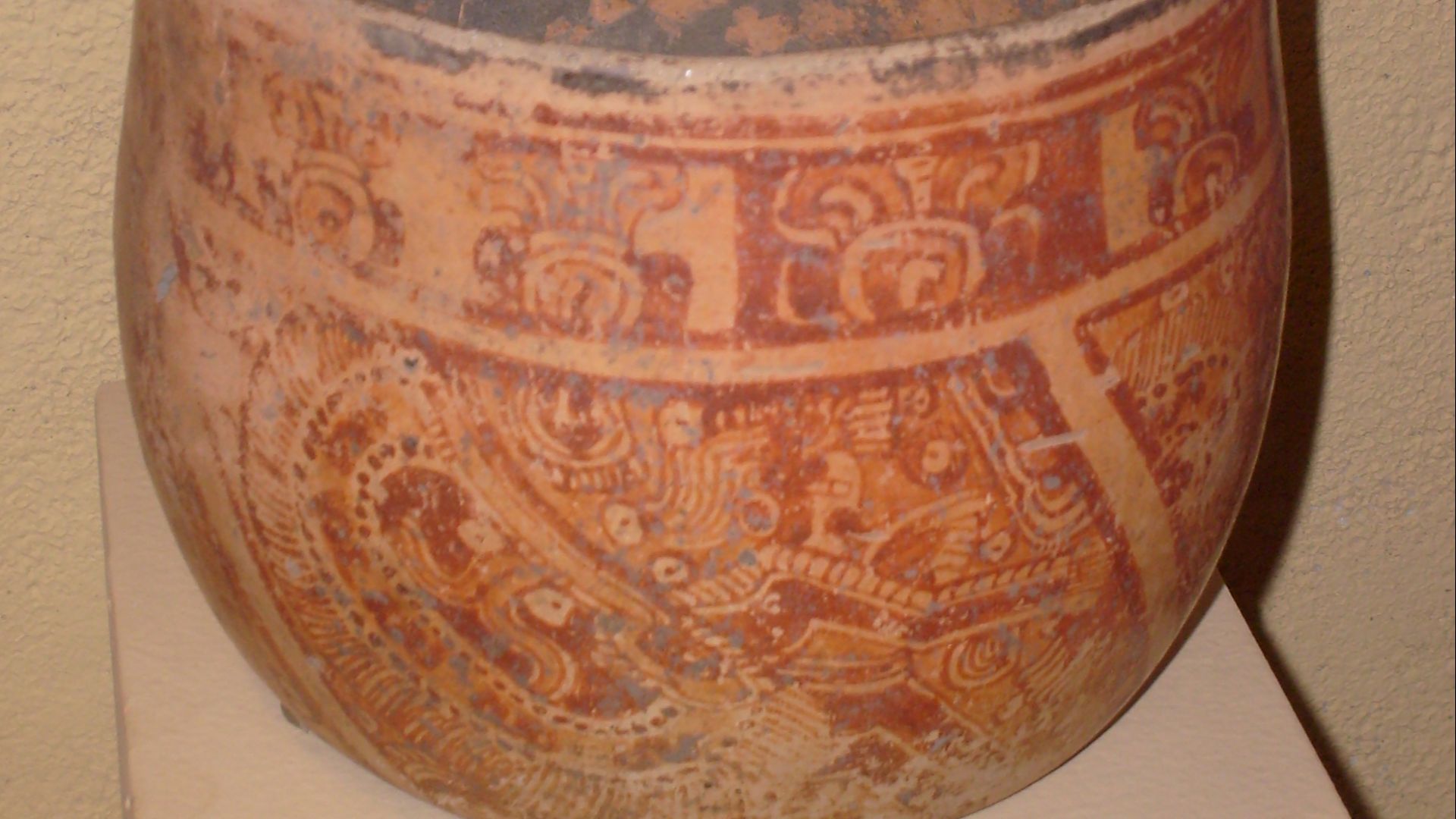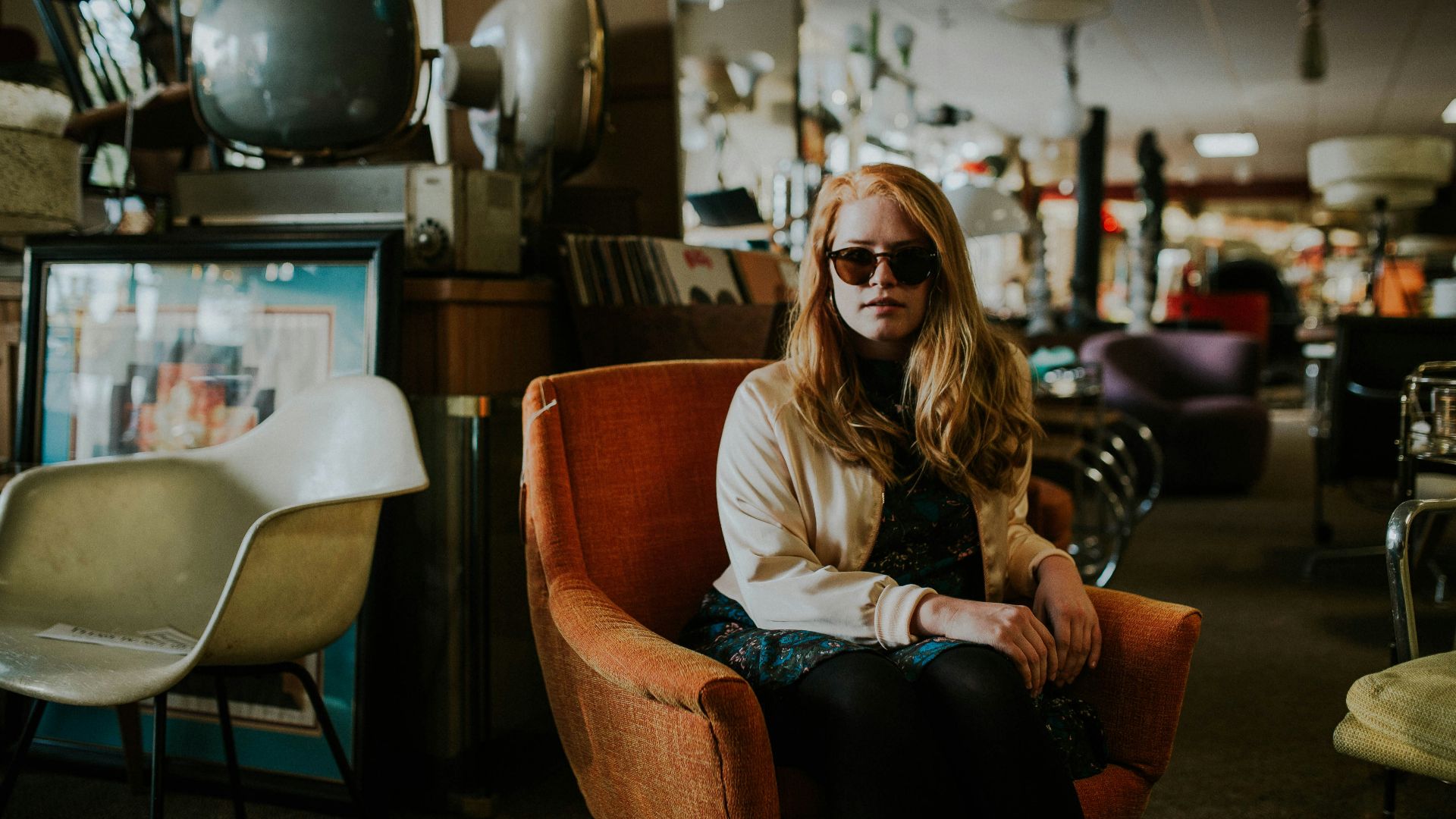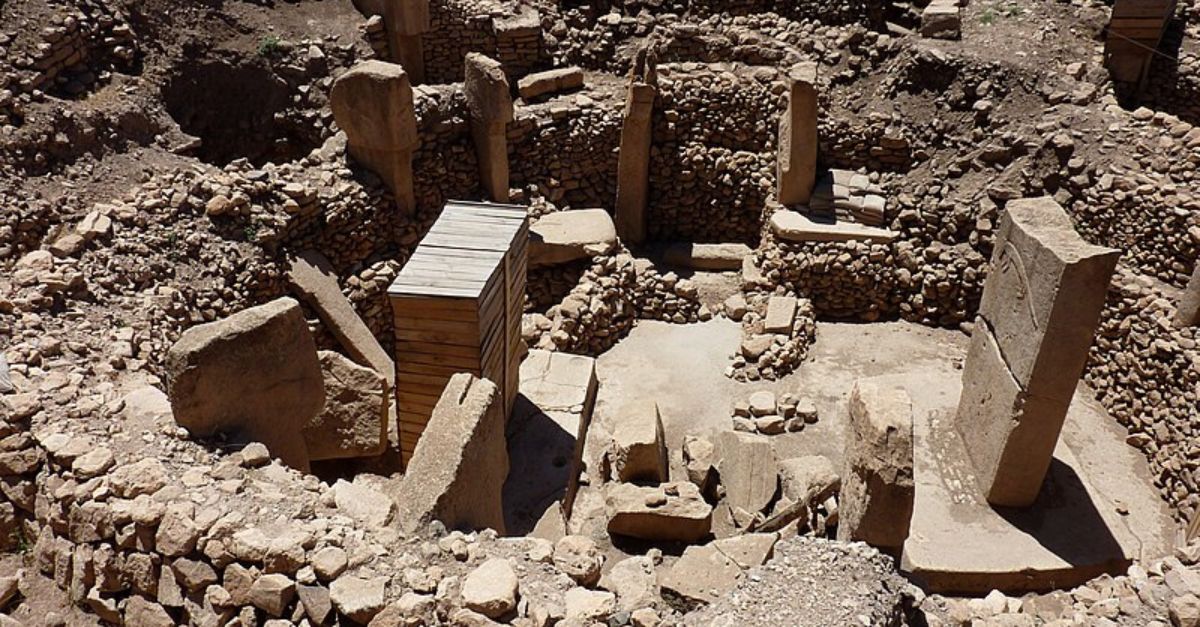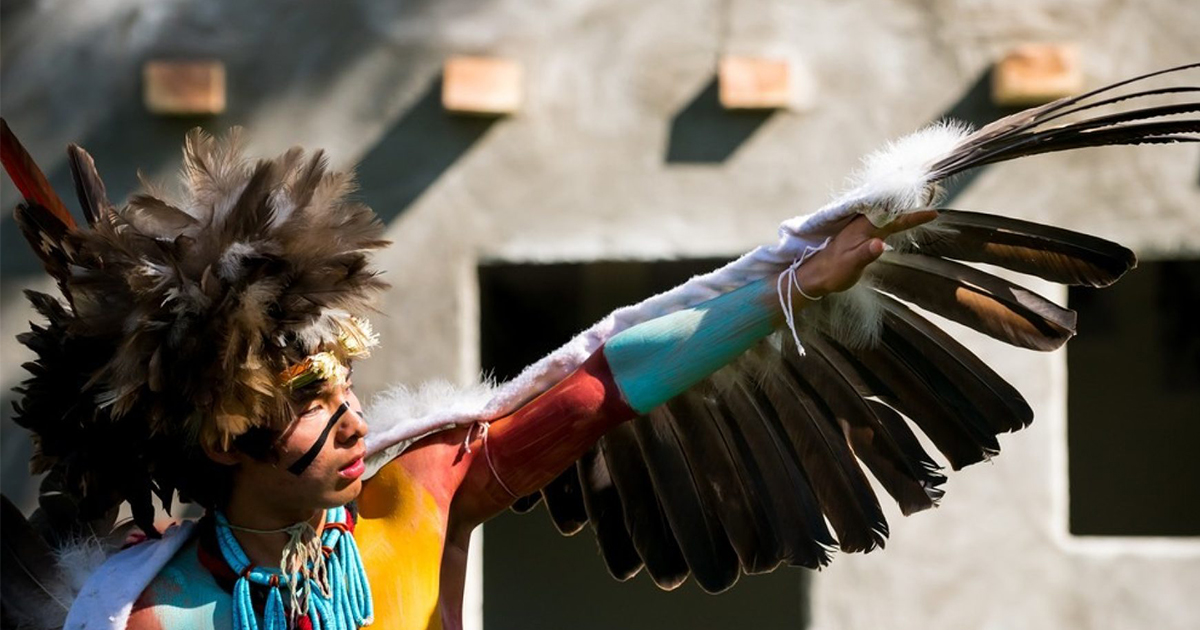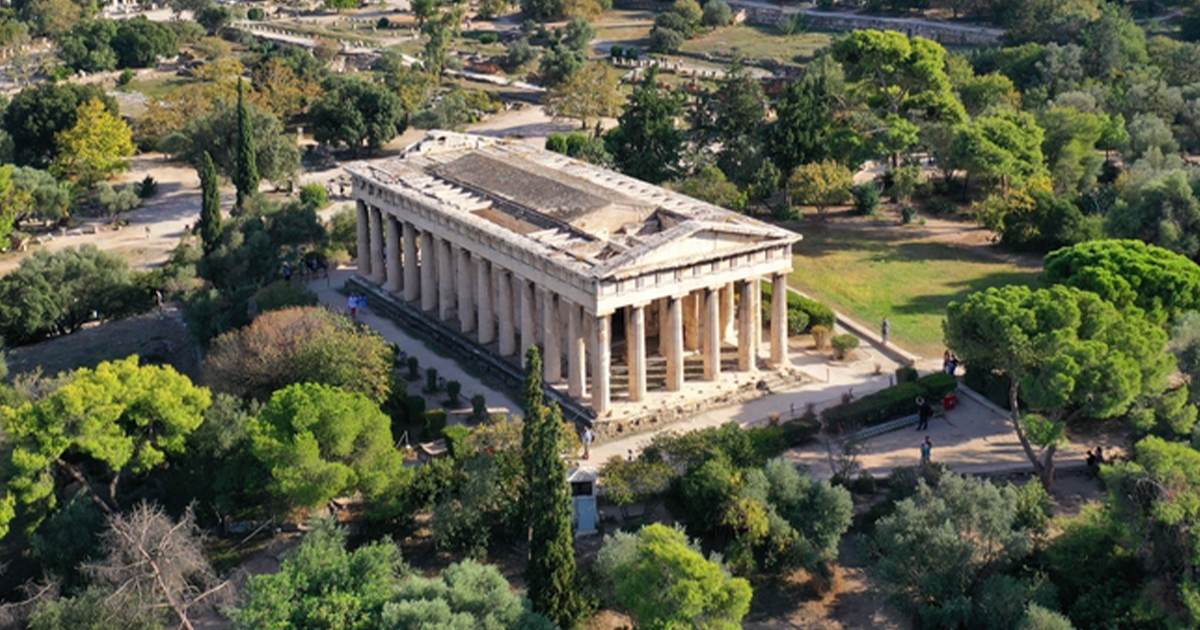The Unexpected Thrift-Store Find
In a truly remarkable twist of fate, a woman in the Washington, D.C. area purchased what she believed to be a modest decorative piece at a thrift store—paying just US $3.99—only to discover years later that the object was a genuine ancient Maya vessel dating from approximately 200–800 CE, now being safely repatriated to Mexico.
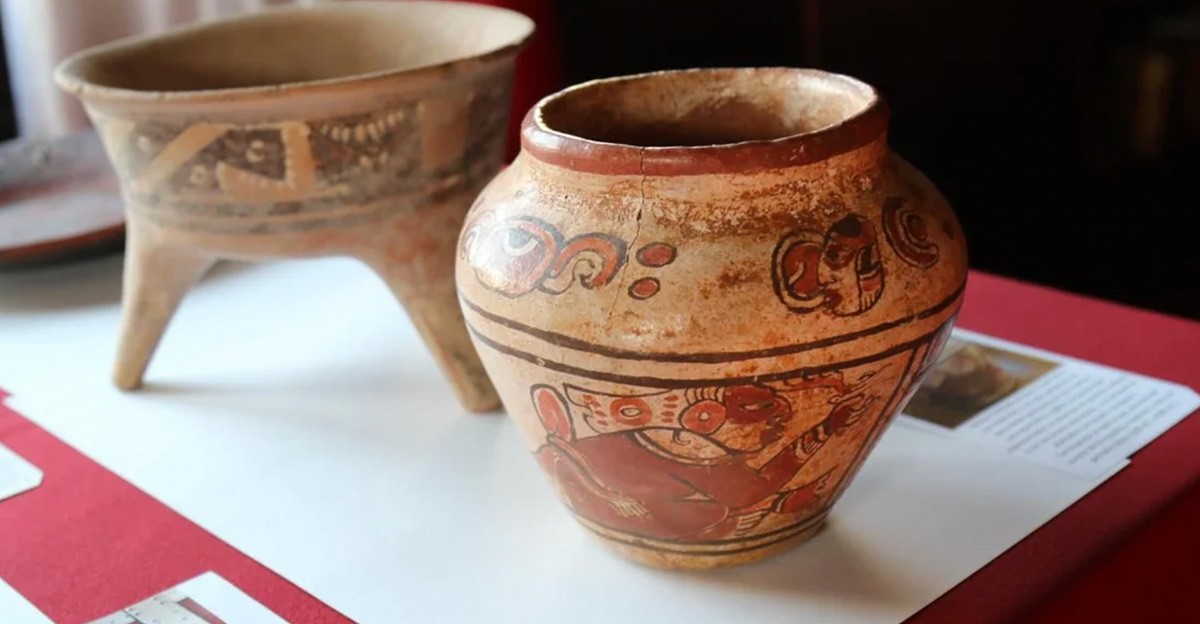
A Routine Visit to a Thrift Shop
Around five years ago, Anna Lee Dozier, a human-rights advocate who had worked closely with Indigenous communities in Mexico, ventured into the 2A Thrift Store in Clinton, Maryland. On a clearance shelf near the checkout she spotted a reddish-white polychrome ceramic vase with painted figures. Something about it struck her as familiar—though she assumed it was simply a tasteful replica or souvenir.
An Object With An Intriguing Look
Dozier remembers thinking “It did look old-ish—maybe 20 or 30 years old, perhaps,” and bought it as a tangible memento of her work in Mexico. The piece remained on display in her home, more as a meaningful decoration than an archaeological treasure.
A Visit That Sparked A Revelation
In January 2024, on a work trip through Mexico City, Dozier visited the National Museum of Anthropology (Mexico) and was struck by how similar some of the exhibited Maya-era vases appeared to the one she had sitting on her own shelf. That recognition triggered a suspicion: what if her “souvenir” was in fact something far older and far more significant?
Exploring The Possibility
Seeking clarity, Dozier asked museum staff how to proceed if one believed they held an authentic artifact. She was told the correct step was to contact the Mexican embassy, which she did upon returning to the United States. She submitted detailed photographs and dimensions of the vase.
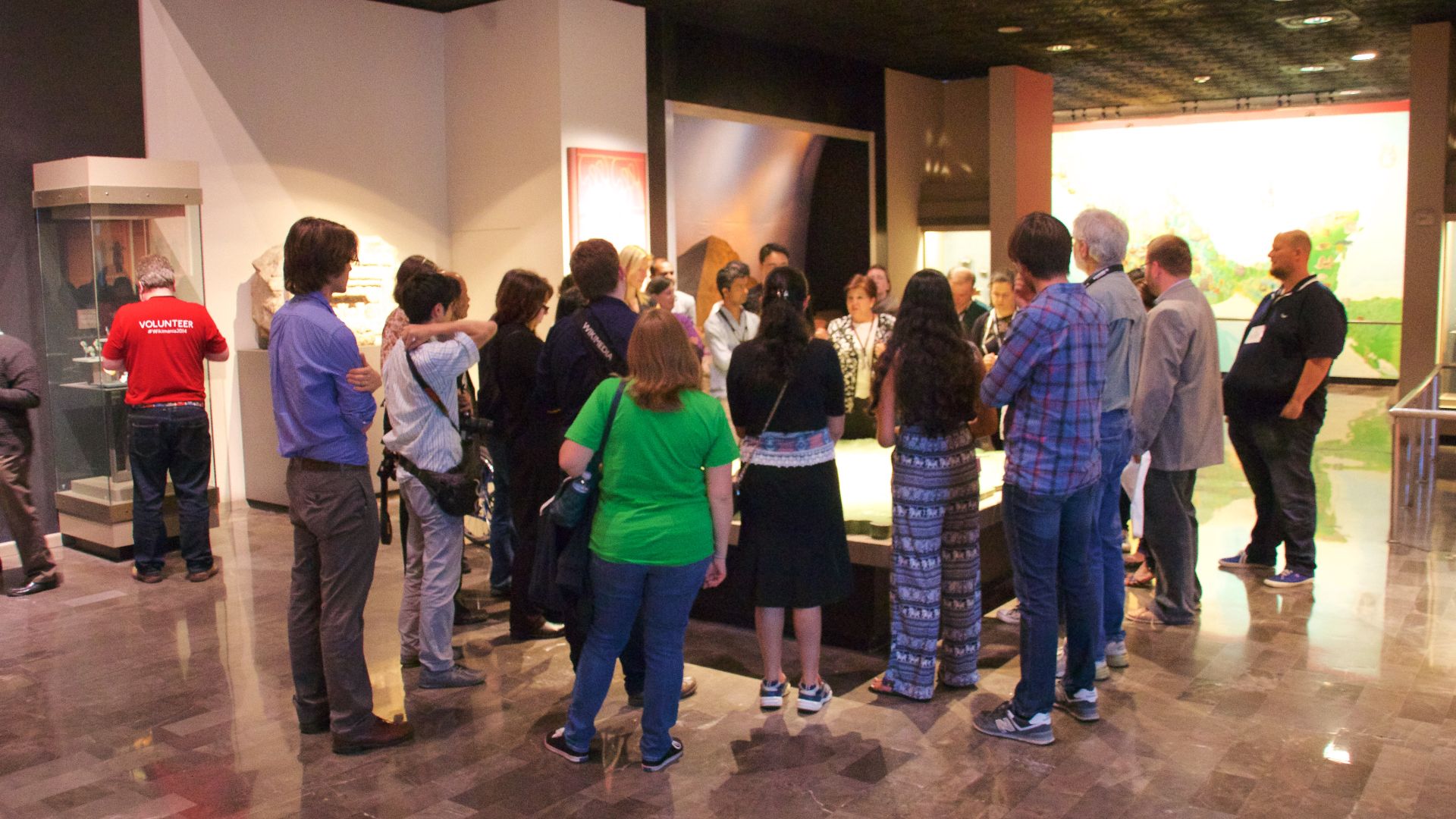 Photograph by Mike Peel (www.mikepeel.net)., Wikimedia Commons
Photograph by Mike Peel (www.mikepeel.net)., Wikimedia Commons
Authentication Confirms The True Age
The National Institute of Anthropology and History (INAH) in Mexico reviewed the submitted material and confirmed that the vessel was indeed from the Classic Maya period—estimated at between 200 and 800 CE—and thus well over a thousand years old. The vase is described as a well-preserved polychrome ceramic, painted with intricate glyph-style figures seated in profile with hand gestures.
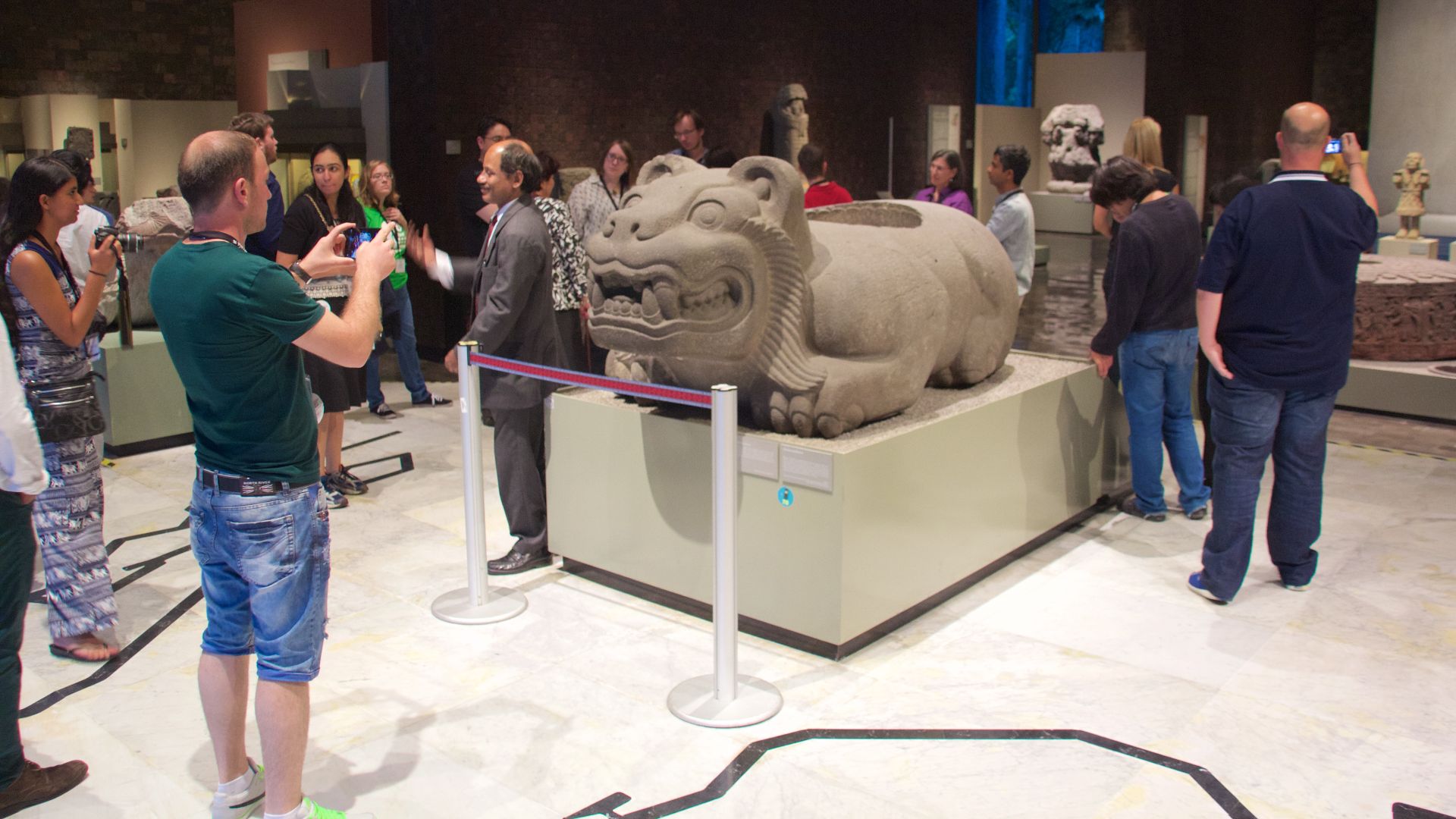 Photograph by Mike Peel (www.mikepeel.net)., Wikimedia Commons
Photograph by Mike Peel (www.mikepeel.net)., Wikimedia Commons
A Moment Of Decision
Rather than pursuing any personal profit, Dozier chose to cooperate with the repatriation process. “Giving it back feels so much better than it would if I put it on eBay and got a bunch of money,” she said. With three young children at home, she also expressed relief that she no longer had the burden of caring for an ancient artifact in a family setting: “I was petrified that after two thousand years I would be the one to wreck it!” she recalled.
 Jorge Elías from Miami, Florida, Wikimedia Commons
Jorge Elías from Miami, Florida, Wikimedia Commons
Repatriation Ceremony & Cultural Return
In June 2024 a formal hand-over ceremony took place at the Cultural Institute of Mexico in Washington, D.C., where Mexican Ambassador Esteban Moctezuma Barragán publicly acknowledged the return of the vase, calling it “a valuable witness of our Maya history.” The vase was returned to Mexico as part of a larger trunk of approximately 20 cultural artifacts recovered from the U.S., covering multiple pre-Columbian cultures including the Aztec, Totonac and Teotihuacán.
 Maryland GovPics, Wikimedia Commons
Maryland GovPics, Wikimedia Commons
The Significance Of The Vase
Beyond its thrift-store origin, the vase itself carries substantial archaeological weight. Produced during the Classic Maya period—a high point of Maya civilization when cities such as Tikal and Palenque flourished—the vessel likely served ceremonial or social status functions, and would have been an object through which elite identities and religious world-views were expressed.
The Mystery Of Its Path To The U.S.
Exactly how the vase made its way from its original Maya context into a Maryland thrift shop remains unknown. It is unclear when and how it entered the U.S. market, or whether its journey involved illicit export. The lack of documented provenance underscores the global heritage risks posed by unregulated antiquities trade.
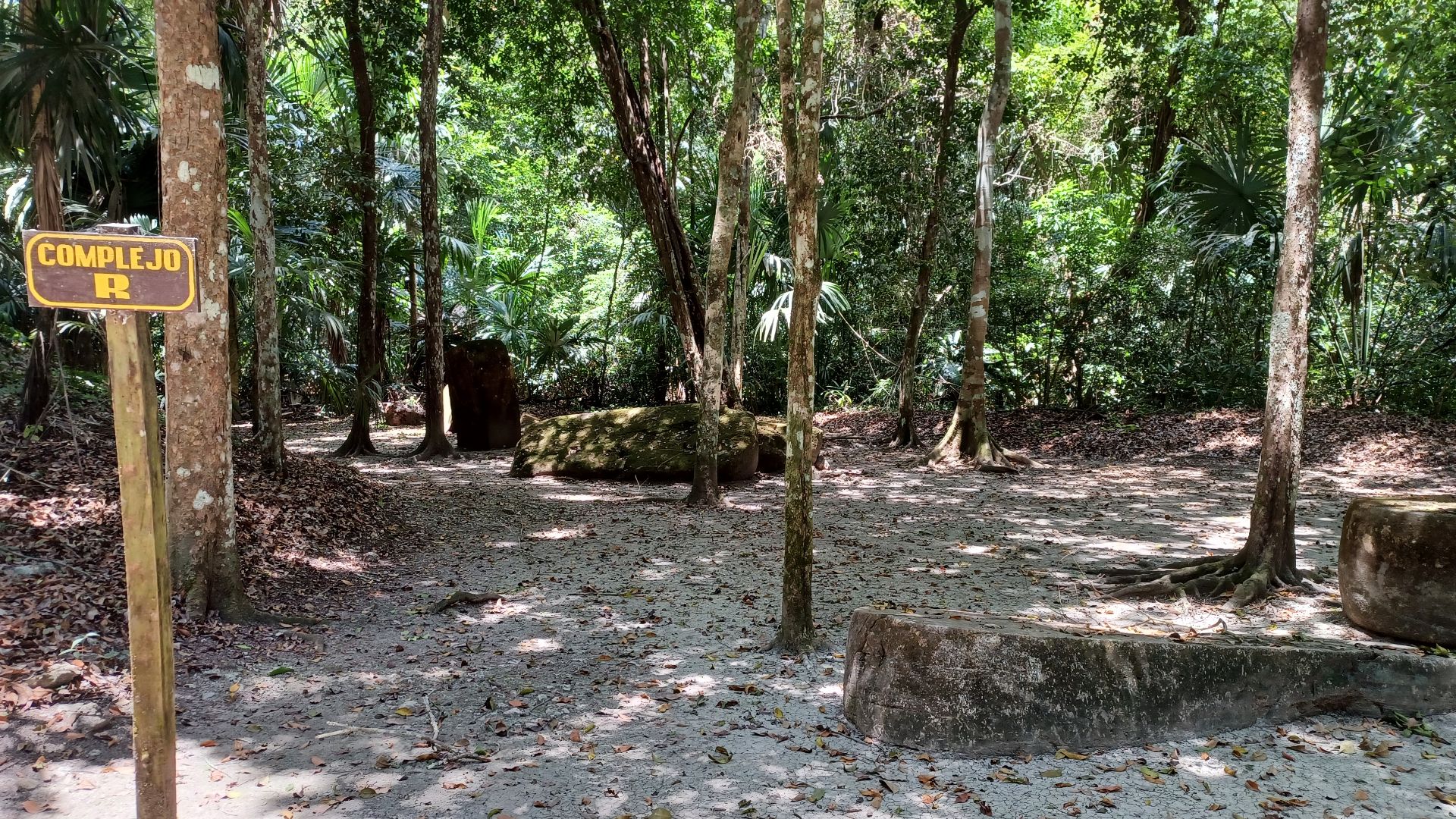 Simon Burchell, Wikimedia Commons
Simon Burchell, Wikimedia Commons
Heritage, Ethics & Collecting
This extraordinary case highlights the ethical dimension of collecting antiquities, especially when provenance is murky. Dozier’s decision to cooperate with repatriation reflects an evolving mindset: artifacts of cultural heritage often belong to communities and nations, rather than solely to individual owners.
Museums, Nations & The Return Of Culture
The repatriation of the vase is emblematic of broader efforts by Mexico to recover its cultural patrimony. INAH estimates that thousands of objects have been returned from abroad over recent years, with a growing focus on accountability, documentation, and cooperative diplomacy.
 Burkhard Mücke, Wikimedia Commons
Burkhard Mücke, Wikimedia Commons
Everyday Objects That Turn Out Extraordinary
This story also serves as a reminder that objects encountered in everyday contexts—such as a thrift-store rack—can hold unexpected stories of human creativity, exchange and survival across centuries. What seemed like an innocuous purchase became a bridge into an ancient civilization.
The Vessel’s Next Chapter
With its return to Mexico, the vase will undergo further analysis at the National Museum of Anthropology and History, where archaeologists may study its iconography, clay composition, region of origin and cultural significance before it is possibly displayed for public education and appreciation.
Bringing History Home
For Mexico, the vase is more than a single object—it is part of a living narrative connecting the present with the Maya past. Returning the vessel to its homeland restores a tangible link in cultural memory, enabling scholarship, heritage preservation and public access within its original context.
 Gary Todd from Xinzheng, China, Wikimedia Commons
Gary Todd from Xinzheng, China, Wikimedia Commons
A Personal Act Of Integrity
For Dozier, the act of returning the vase was an expression of both personal integrity and respect for the communities she had worked with. Her actions embody the idea that cultural heritage belongs in the context of the peoples who created it, rather than disconnected commodity circuits.
 Gary Todd from Xinzheng, China, Wikimedia Commons
Gary Todd from Xinzheng, China, Wikimedia Commons
Why Archaeology Lovers Should Care
For readers fascinated by archaeology, this story offers multiple threads of intrigue: the thrill of discovery in unlikely places; the intersection of human rights and cultural heritage; the ritual and social meaning embedded in ceramic vessels; and the modern movement of repatriation. The vase becomes a symbol of archaeology’s capacity to surprise us and reconnect us.
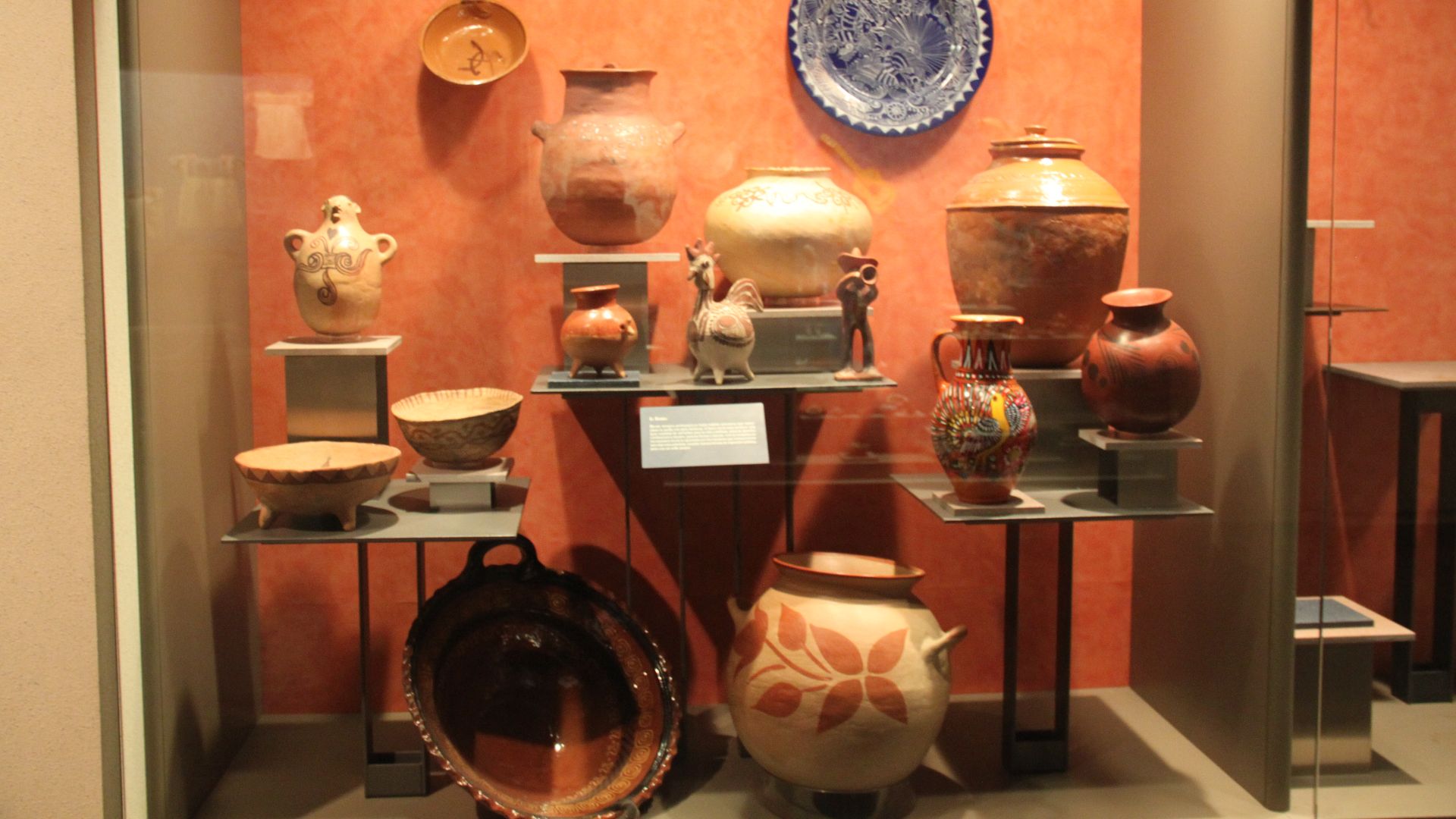 Gary Todd from Xinzheng, China, Wikimedia Commons
Gary Todd from Xinzheng, China, Wikimedia Commons
The Broader Repatriation Landscape
The vase’s return comes at a time when countries are increasingly asserting rights over cultural artifacts abroad, and museums and individuals are rethinking past acquisitions. As such, the story is both timely and emblematic of shifting attitudes in heritage stewardship.
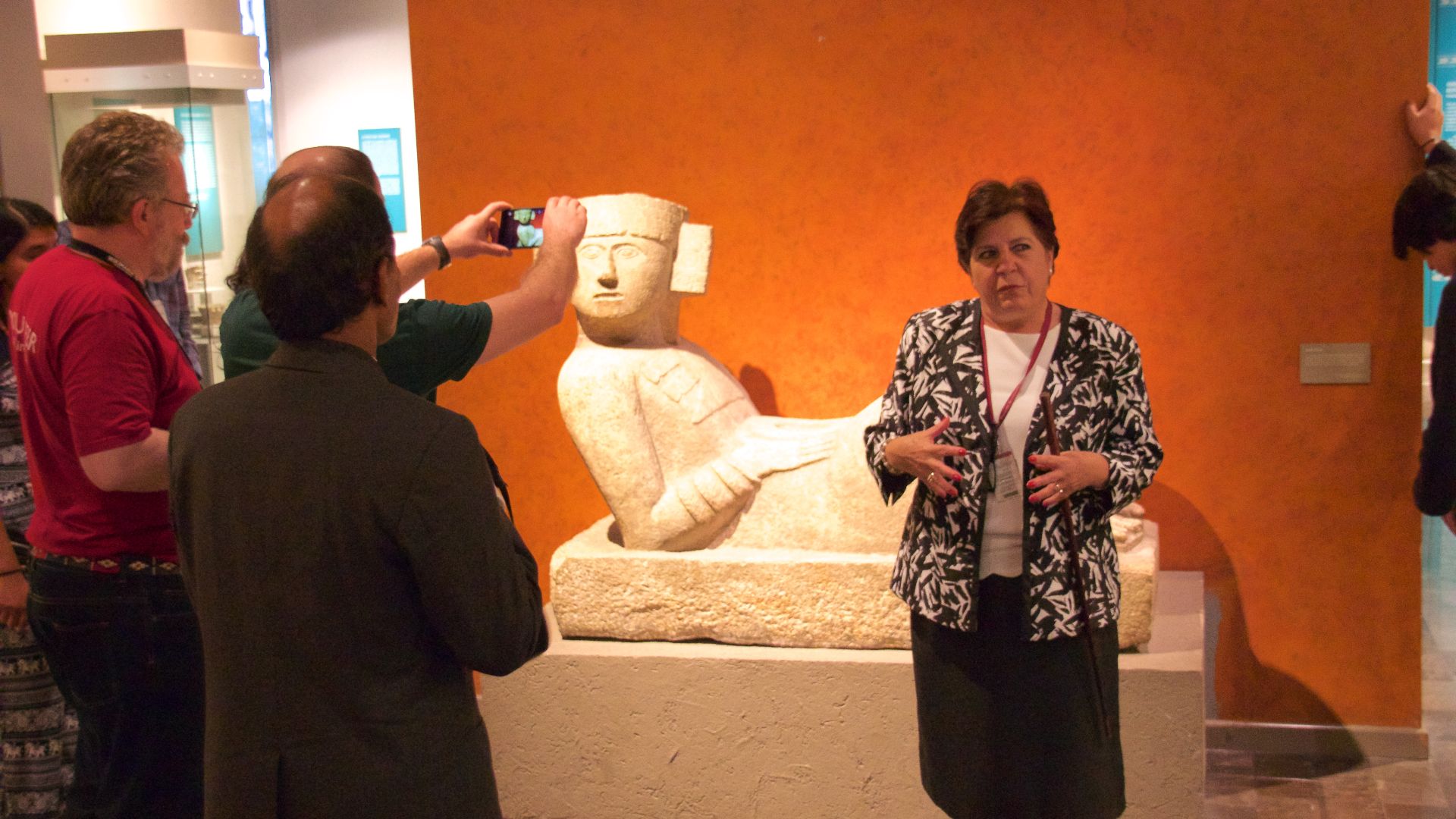 Photograph by Mike Peel (www.mikepeel.net)., Wikimedia Commons
Photograph by Mike Peel (www.mikepeel.net)., Wikimedia Commons
From Clearance Shelf To A Cultural Treasure
When Anna Lee Dozier paid four dollars for what she thought was a quirky souvenir, she could hardly have imagined that she was buying something made by Maya artisans more than a millennium ago. Her curiosity, humility and willingness to act responsibly turned that bargain into a meaningful heritage event that stretches across nations and epochs.
 Jorge Elías from Miami, Florida, Wikimedia Commons
Jorge Elías from Miami, Florida, Wikimedia Commons
History Can Be Found At Your Local Thrift Store
In the end, what began as a small thrift-store purchase has become part of a much larger story of cultural continuity, respect and rediscovery. The vase will now lie where it belongs—among the collections of the nation whose ancestors created it, studied by archaeologists, appreciated by the public, and free from the risk of being lost or neglected. It stands as a testament to the power of objects to carry human stories across time—and the role each of us can play in honoring those stories.
You May Also Like:
Most People Will Never See These Hidden American Landmarks
American Landmarks Everyone Has Seen In Pictures, But Look Totally Different In Real Life

